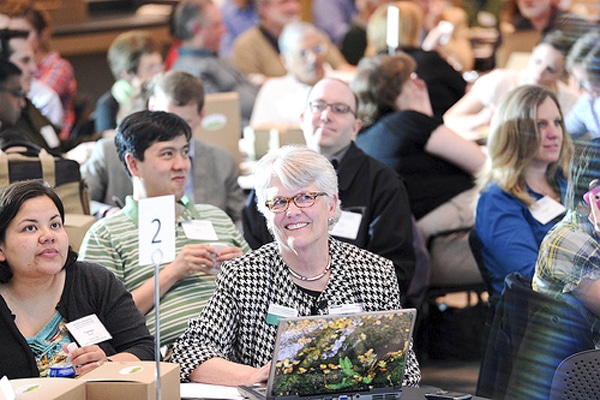An inclusive community values all its members and helps them to meet their basic needs so that they can live with dignity, engage actively, and contribute to their community.i Municipalities can support inclusive communities in three important areas:
- social connectedness and belonging
- age-friendliness (e.g. seniors, youth, etc.)
- welcoming communities
Inclusive communities are welcoming to diverse groups of people, including, but not limited to, seniors, youth, children, Aboriginal Peoples, immigrants and newcomers, persons with disabilities, people experiencing mental health challenges, and low-income populations. Social inclusion can impact both the physical and mental health of community members, including their life expectancy,ii infant mortality rate,iii and mental health.iv




